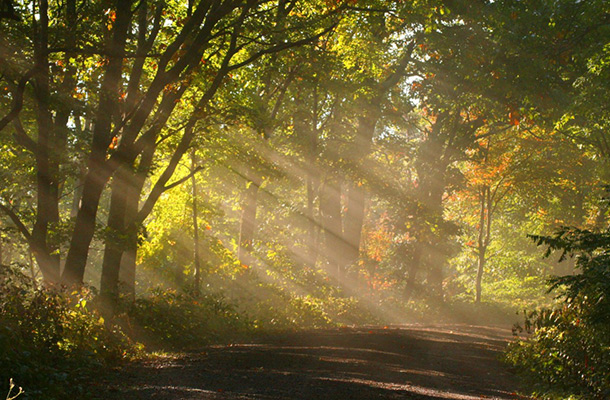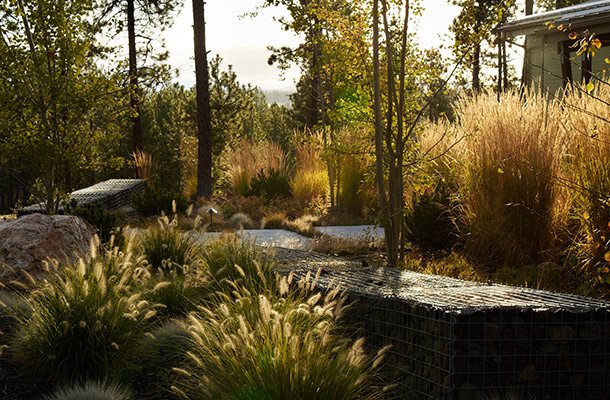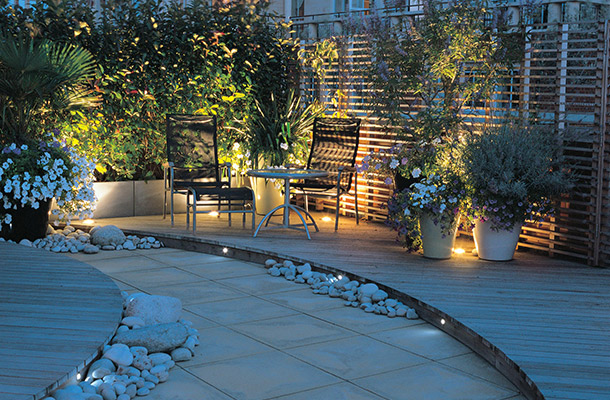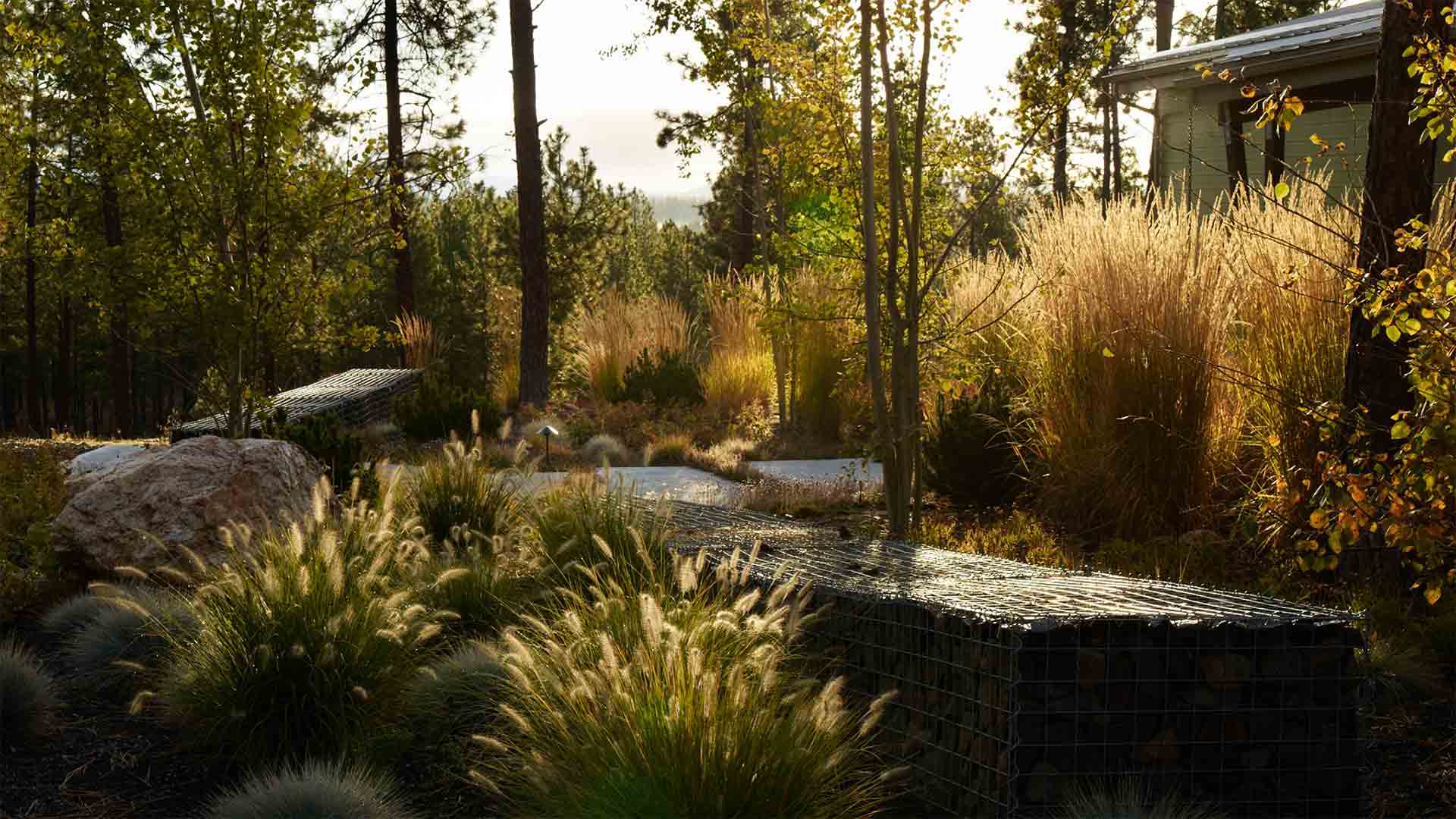John Wyer "Bowles" us over
As owner and co-founder of Bowles & Wyer, landscape designer John Wyer eats, drinks and sleeps good design and its delivery. Here he’s written a guest post for us, talking about what sets landscape design apart, how designing with living organisms brings its own challenges, and of course, a bit about light.
When I first started thinking about a career, I wanted to be a town planner. There was something about the scale of it that appealed to the teenage me – the ability to plan whole towns with a sweep of your hand. Later I moved on to architecture, before finally settling on landscape design. These days I am also much involved with garden design. Of course there is much in common between these fields – indeed, all the various design disciplines have fuzzy edges – they overlap and merge one into another.
However, I have long been interested in what sets landscape apart from the others. Clearly, the unique element is plants, but the simplicity of this statement belies its huge implications. A building or any other designed object generally looks at its best on day one. It is closest to the designer’s intentions when it is newly finished. True, with the passing of time buildings (as with most things) develop a pleasant patina of age, but this is incidental to the designer’s intentions. However, landscape architects and garden designers work with a different medium. Planting design is complex enough as it is – a bit like working with an orchestra. Each plant has different shapes, colours textures and requirements. But of course, plants are living things; they change and grow. They do so at different rates and with differing habits. This means that a landscape is constantly changing; it will never look the same twice. Planning for this can be a complex task, made more difficult by the huge number of variables involved. But whilst this makes the task trickier, it also introduces serendipity into the process. I am often surprised in schemes that I have designed by unexpected combinations of plants at particular times of year. Sometimes it is because one has grown more quickly or slowly than I planned, or possibly migrated within the planted areas to a different position.
The real joy though is not the long-term changes, but the way a landscape changes month to month, day to day, even minute to minute. Being living things plants react to their environment. Their leaves and branches move with the wind or sag with the weight of rainwater.

And we have all had that sudden rush of emotion when walking through woodland or across fields when the sun suddenly comes out and transforms the landscape in a second, sunlight lancing trough foliage to pick out an area on the ground. Light is integral to how we perceive the world, not just in the obvious sense, but in all its subtlety. Landscape designers lay on this.

I often put tall grasses or lightly foliaged tall shrubs where I know they will catch the late low afternoon light. Early morning or late afternoon light can be very dramatic, but also lends a warmth and softness to a landscape because of its colour.
Good design with artificial light also makes use of this luminosity of foliage. It tends to accentuate both the high points and shadows, but it is the effect of light passing through leaves that gives glowing greens and yellows.

This effect needs to be used sparingly, or the abundance of the jewelled colours dulls their impact. Artificial light can also bring a new perception and definition to form quite different to that of natural light. By doing so it adds drama, but the beauty of this is that it only works because it is such a contrast to the natural light we take for granted.
The ability of landscapes to change with time is what drew me to landscape design. And is that very seasonality and freshness that brings joy. We notice and react to change – bulbs bursting through the soil or leaves turning to autumn shades. And no matter how long I have been doing this, the capacity of landscapes to surprise me remains a constant source of delight.
John’s piece got me thinking about landscape and lighting design. So, I thought I’d coin a response post from the perspective of a lighting designer. Have a read here: Landscape Lighting Design
Images courtesy of John Wyer


